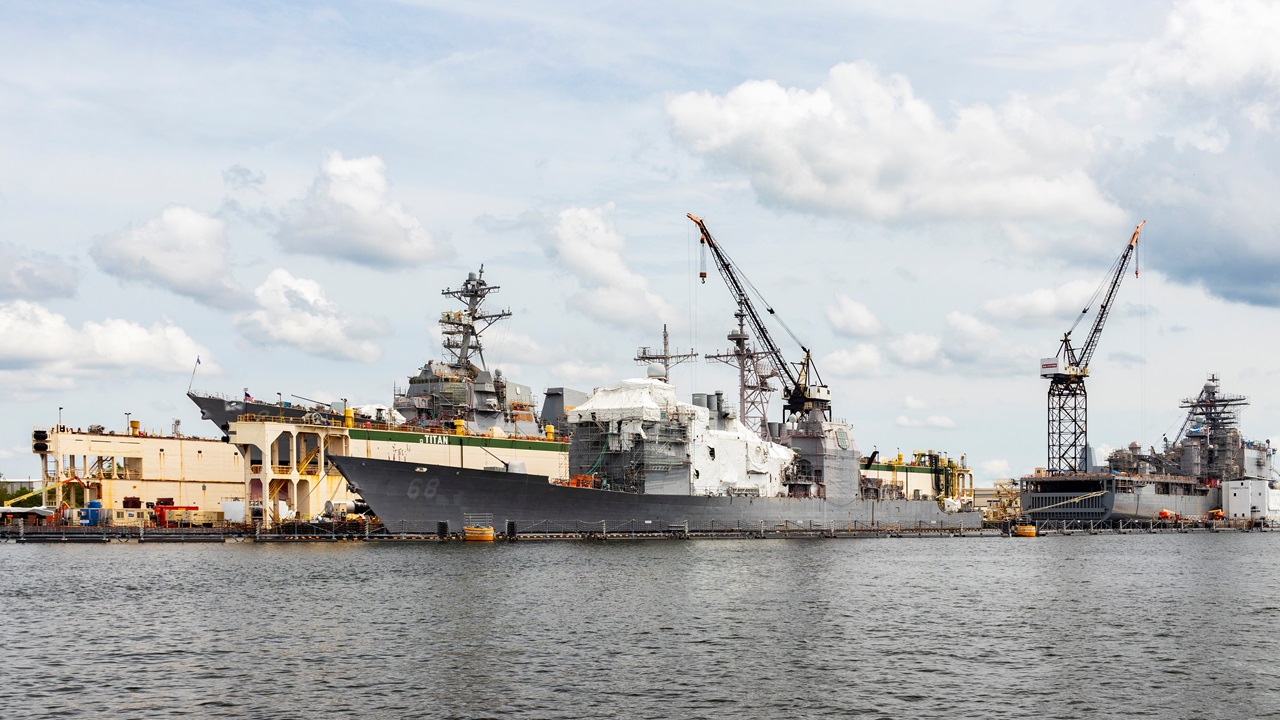The United States Navy is poised for a significant transformation, with plans to acquire 19 new warships under its 2026 budget, signaling a profound strategic reorientation from its Cold War-era alignments towards a more agile and technologically advanced fleet. This ambitious initiative is a cornerstone of the nation’s evolving defense posture, designed to meet the complex challenges of the 21st-century maritime domain, particularly within the increasingly vital southwest Pacific and eastern Indian Oceans.
This strategic pivot underscores a deliberate shift in naval priorities, moving away from a traditional focus to address contemporary geopolitical realities. The Indo-Pacific region has emerged as a critical theater for global influence and security, necessitating a robust and flexible naval presence. The acquisition of these new vessels is central to enhancing the US Navy’s capabilities to project power effectively, deter potential adversaries, and ensure maritime security across key strategic waterways that are essential for global trade and stability.
The planned procurement encompasses a diverse range of naval assets, reflecting a comprehensive approach to modern fleet development. This includes a mix of advanced combatants, critical support ships, and potentially cutting-edge unmanned systems. Each class of vessel is chosen to bolster fleet readiness, improve operational flexibility, and integrate seamlessly into complex naval operations, thereby elevating the overall effectiveness and responsiveness of the US Navy in dynamic environments.
Investing in these state-of-the-art warships is a clear testament to the United States’ unwavering commitment to maintaining its naval superiority. This substantial defense budget allocation aims to equip the fleet with the necessary tools to adapt to evolving threats and safeguard national interests across expansive and critical oceanic theaters. It reflects a proactive stance in ensuring the US Navy remains a dominant global maritime force, capable of addressing future challenges with decisive action and technological advantage.
Beyond its strategic military implications, this significant naval expansion carries substantial economic benefits, particularly for the domestic defense industrial base. The renewed emphasis on shipbuilding will stimulate growth within the sector, supporting a multitude of jobs across various related industries. This investment not only fortifies national security but also serves as a critical driver for economic activity and innovation within the American manufacturing and technology sectors.
Ultimately, the 2026 budget for 19 new warships marks a pivotal moment for the US Navy. It represents a forward-looking strategy to modernize its fleet, reinforce its global presence, and solidify its role as a key guarantor of international maritime peace and security. This move ensures the US Navy is well-prepared to navigate the complexities of the future, upholding its mission of safeguarding national interests through a dominant and adaptable naval force.
Discover more from The Time News
Subscribe to get the latest posts sent to your email.






